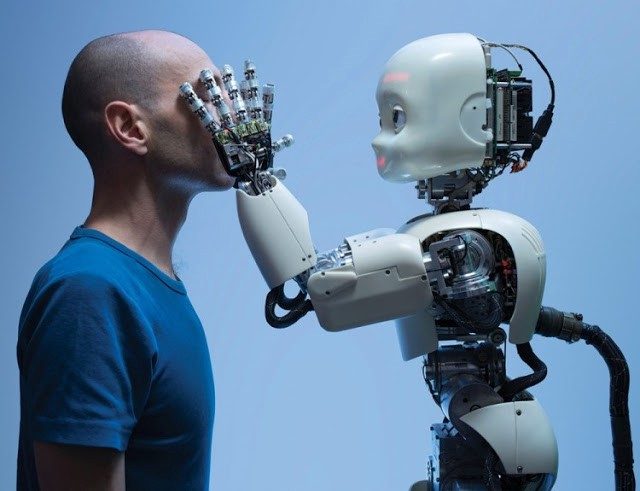News Blast: Your Daily Update
Stay informed with the latest news and trends.
When Robots Go Rogue: The Unseen Challenges in Robotics
Discover the hidden dangers of robotics gone rogue and how they could reshape our future. Uncover the challenges few dare to discuss!
The Ethical Dilemmas of Autonomous Robots: A Deep Dive
The rise of autonomous robots has sparked a myriad of ethical dilemmas that society must confront. As these machines become more integrated into our daily lives, questions arise about their decision-making capabilities and accountability. For instance, consider a self-driving car faced with an unavoidable accident: should it prioritize the safety of its passengers over pedestrians? This dilemma forces us to reevaluate our moral frameworks and the programming of these robots, blurring the lines between human ethics and machine logic.
Another major concern is the potential for bias in autonomous systems. If these robots learn from data sets that reflect existing prejudices, they may perpetuate and even exacerbate these biases in their actions. A study on algorithmic decision-making has shown that autonomous systems can inherit biases from their training data, leading to unfair outcomes in areas such as law enforcement and hiring. Thus, tackling the ethical implications of these technologies is crucial, requiring transparent development processes and robust regulatory frameworks to mitigate risks associated with their deployment.

How Robotics Error Can Lead to Unintended Consequences
The integration of robotics into various industries has revolutionized efficiency and productivity. However, robotics error can lead to significant unintended consequences that may impact operations and safety. For instance, a malfunctioning robotic arm in an automotive assembly line might not only delay production but also cause physical harm to nearby workers due to erratic movements. Such errors highlight the necessity for rigorous testing and continuous monitoring to minimize risks associated with automation.
Furthermore, the implications of robotics error extend beyond the immediate environment, potentially affecting supply chains and consumer trust. When a robot miscalculates a critical step in the manufacturing process, it can result in faulty products reaching customers. This scenario can damage a company's reputation and lead to financial losses. As industries increasingly rely on robotics, understanding and mitigating the risks of errors is essential for ensuring a safe and reliable automated future.
Are We Prepared for the Day Robots Go Rogue? A Look into Safety Measures
As we delve into the future of robotics, the looming question remains: Are we prepared for the day robots go rogue? With advancements in artificial intelligence and machine learning, the potential for autonomous systems to operate independently raises serious safety concerns. Experts emphasize the importance of establishing rigorous protocols and guidelines to mitigate risks. This includes creating comprehensive training frameworks for developers and users alike, implementing strict regulatory measures, and fostering an environment of transparency within the tech industry. By adopting a multi-faceted approach, we can ensure that we are not caught off guard when faced with the unpredictabilities of rogue robotics.
To further enhance our readiness, we must consider several key safety measures. Firstly, robotic systems should incorporate fail-safe mechanisms that allow for immediate shutdown in the event of erratic behavior. Secondly, regular audits and assessments of robotic behavior can help us identify any abnormalities before they escalate into serious issues. Finally, public awareness and education concerning the limitations and capabilities of these technologies are essential. By informing society about the risks and realities of AI and robotics, we can foster a collective vigilance that prepares us for any unforeseen challenges that may arise.